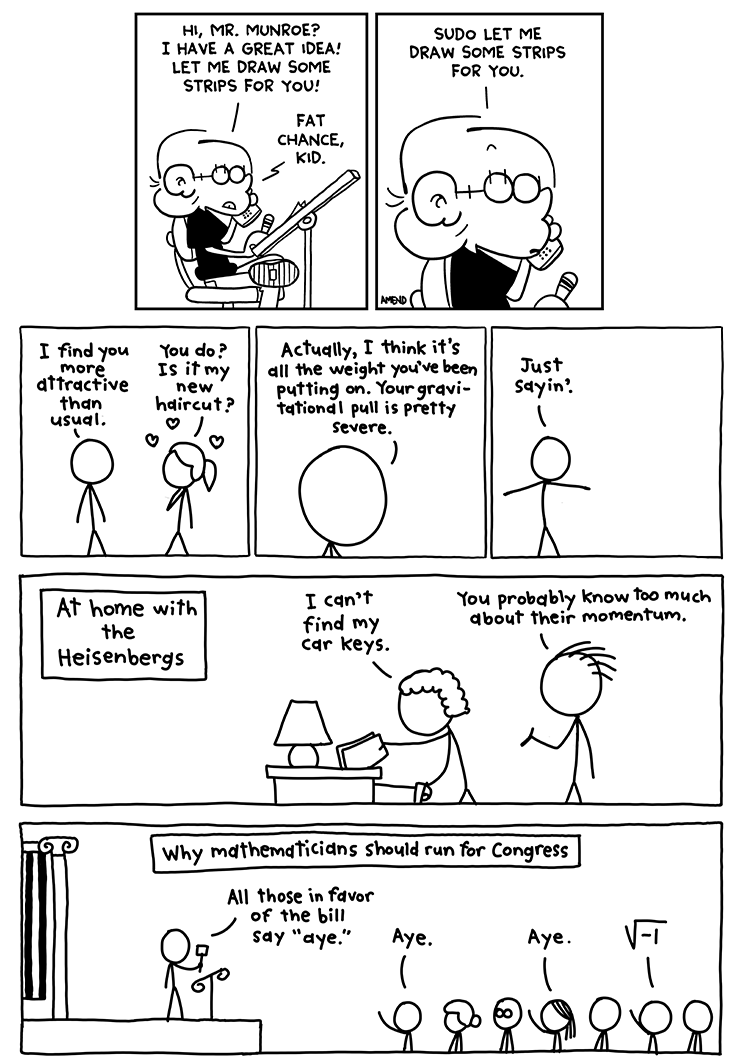"Arctic ice melt may promote cross-breeding, further imperiling endangered animals"
Sound ominous. Danger lurks ahead. Or does it? Within the news article we find this:[I]nterspecies sex brought on by the melting Arctic ice could lead to the extinction of many endangered Arctic animals, the scientists said in an article published in the journal Nature.Bad news, indeed.
Although Arctic species rarely interbreed, many are capable of doing so. In 2006, a bear with a patchy white-and-brown coat was shot in the Canadian Arctic. Scientists suspected — and DNA-typing later confirmed — that the animal was a polar-grizzly hybrid, a creature known variously as a "pizzly" or "grolar bear."Well, it's bad news if the cross breeding actually happens, which is rare. But is there a glimmer of good news? Let's see...
And last year, what appeared to be a hybrid of two whales — a bowhead whale and a right whale — was spotted in the Bering Sea.
Even though hybrids can often be healthier than either of their parents (a phenomenon termed "hybrid vigor" by scientists), this is often a temporary advantage, said coauthor Andrew Whiteley, a conservation geneticist at the University of Massachusetts. The offspring, should the hybrids be fertile, are generally more sickly.Nope. Hybrids are bad news (save for hybrid cars, I guess).
Wait, not so fast because:
Cross-breeding could also bring positive results, Allendorf said. However, he seconded Kelly's call-to-arms. "The most important point is … collecting the samples now so we can see if this happens in the future. If we don't, in the future we'll have no way of knowing if this is something new or has been there the whole time."The conclusion: We just don't know if cross-breeding is good or bad. It so rarely happens that scientists have to make a study just to recognize it if it does happen. Forget about studying the effects when cross-breeding does occur. To see the effects, there would have to be lots of it, not just a single example, by the way.
What's most interesting is that cross-breeding, if you believe science, is another term for evolution. Evolution, the story of the genesis of man, and every living organism on our planet, is all about cross-breeding, mutation, survival, and adaptation to the creature's environment. Here's a possible deduction: If cross-breeding is bad, then so must be evolution.
I've always wondered why scientists, who support evolution in theory, why they don't like evolution when they see it. If cross breeding happens it would be golden opportunity to study evolutionary effects. The article hints at that, and only at the end. In reality, if science gets a chance to see this happen, it's a distinct step forward for evolutionary theory.








